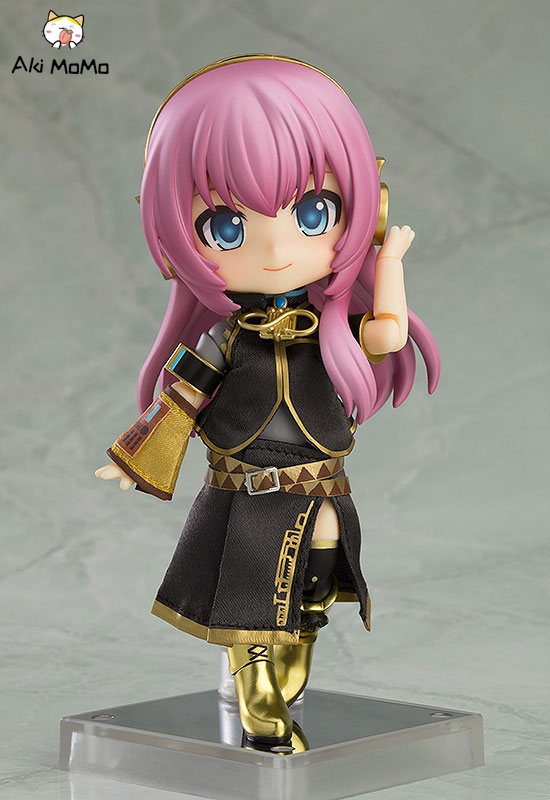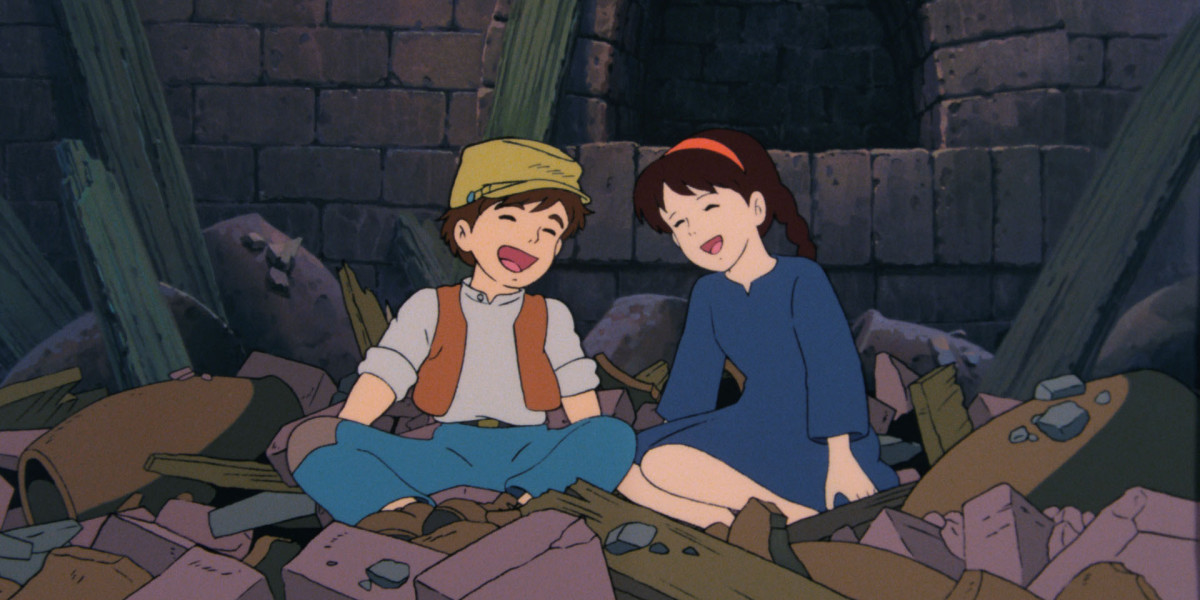Unveiling the Enchantment: The Allure of Ball Jointed Dolls in Art and Beyond
Ball jointed dolls (BJDs) are captivating creations that have enchanted collectors, artists, and hobbyists alike. Originating in the late 20th century, these dolls possess a unique charm that blends artistry with craftsmanship. Their ability to express a wide range of emotions and styles makes them a favorite among those who appreciate the finer things in life. As we explore the world of ball jointed dolls, we will uncover their rich history, distinctive characteristics, and the myriad of ways they are used in artistic endeavors and hobbies. Whether you are a seasoned collector or a curious newcomer, the allure of these dolls is sure to draw you in.

History of Ball Jointed Dolls
The history of ball jointed dolls is both fascinating and complex, tracing back to traditional doll-making techniques that have evolved significantly over time. While the concept of jointed dolls has existed for centuries, it wasn't until the late 20th century that the modern ball jointed doll began to take shape. Initially, these dolls were crafted in Asia, particularly in Japan and South Korea, where they were embraced by a culture that values craftsmanship and artistic expression. The introduction of resin as a primary material allowed for intricate designs and a variety of skin tones, enhancing their appeal.
In the early 2000s, the popularity of BJDs began to surge globally, thanks in part to the rise of online communities and social media. Artists and enthusiasts shared their creations, sparking interest among collectors worldwide. Notable milestones include the establishment of dedicated conventions and forums, which fostered a sense of community among fans. Today, ball jointed dolls are recognized not only as toys but also as collectible art pieces, with some even fetching significant prices at auctions. This evolution highlights a broader trend in the appreciation of handmade art and the desire for unique, customizable expressions of identity.
Characteristics of Ball Jointed Dolls
One of the defining features of ball jointed dolls is their unique construction, which includes a series of joints that allow for a wide range of movement and poseability. These joints are typically made from high-quality materials, such as resin, which adds durability and a lifelike appearance. The ability to pose these dolls in various positions makes them ideal for artistic expression, enabling creators to capture dynamic scenes in photography or illustrations.
Customization is another hallmark of ball jointed dolls. Collectors and artists often personalize their dolls by changing their eyes, wigs, and outfits, allowing for a unique expression of individual style. Some enthusiasts even go so far as to create their own outfits or accessories, further enhancing the doll's character. This level of customization fosters a sense of ownership and connection between the creator and their doll, making each piece a reflection of the artist's vision. The diverse range of aesthetics—from fantasy to realism—ensures that there is a BJD for every taste and artistic inclination.
Uses of Ball Jointed Dolls in Art and Hobbies
Ball jointed dolls serve as a versatile medium for artistic expression and storytelling. Many artists utilize BJDs in their work, whether through photography, painting, or even film. The dolls can be posed and dressed in a multitude of ways, allowing creators to tell complex narratives and explore diverse themes. A friend of mine, an aspiring photographer, often uses her dolls as models for her projects, finding that their expressive features and intricate designs add depth to her work.
Moreover, BJDs have become a popular subject within the realm of social media, where enthusiasts share their creations and experiences. Platforms like Instagram and Pinterest are filled with stunning photographs showcasing beautifully styled dolls in imaginative settings. Community members often participate in themed challenges or collaborations, fostering creativity and camaraderie among fans. Collectors also enjoy attending conventions, where they can display their dolls, participate in workshops, and connect with like-minded individuals.
Community and Culture Surrounding Ball Jointed Dolls
The community surrounding ball jointed dolls is vibrant and diverse, encompassing a wide range of individuals from different backgrounds. Online forums and social media groups are bustling with discussions about doll customization, photography techniques, and the latest trends. Conventions dedicated to BJDs offer enthusiasts a chance to meet face-to-face, share their passion, and even trade or sell dolls and accessories. This culture of sharing knowledge and creativity helps to sustain the interest and growth of the ball jointed doll phenomenon, creating a supportive environment for both newcomers and seasoned collectors.
The Enduring Appeal of Ball Jointed Dolls
In summary, ball jointed dolls represent a fascinating intersection of artistry, craftsmanship, and community. Their rich history and distinctive characteristics make them not just collectibles, but also vehicles for creativity and self-expression. As we have explored, the diverse uses of BJDs in art and hobbies highlight their enduring appeal and significance. Whether you are an artist looking for inspiration or a collector seeking a unique piece, the world of ball jointed dolls invites you to explore its enchanting possibilities and embrace the creativity it inspires.








